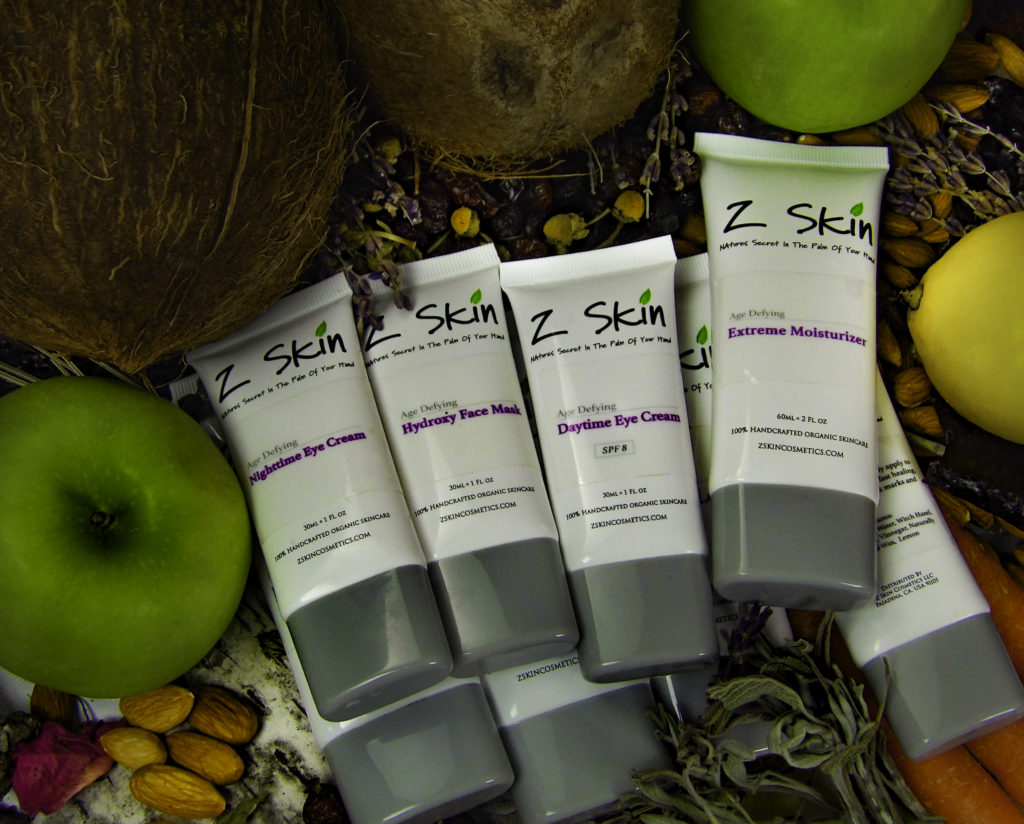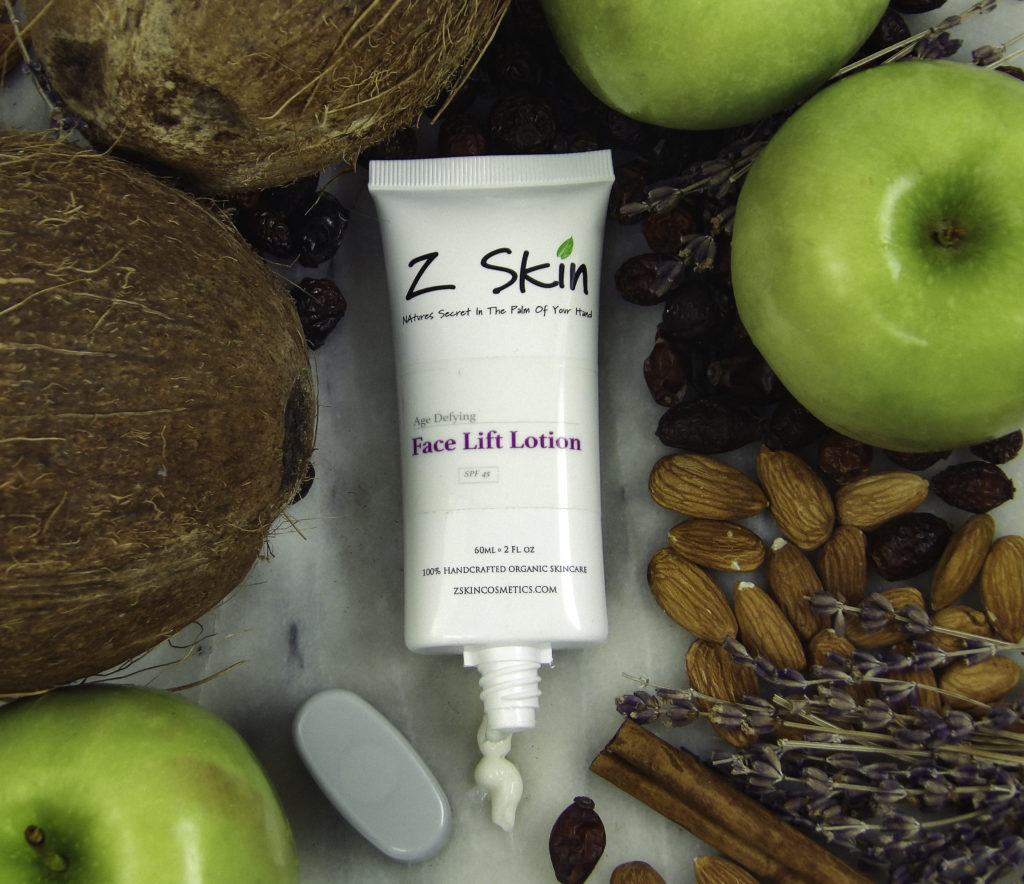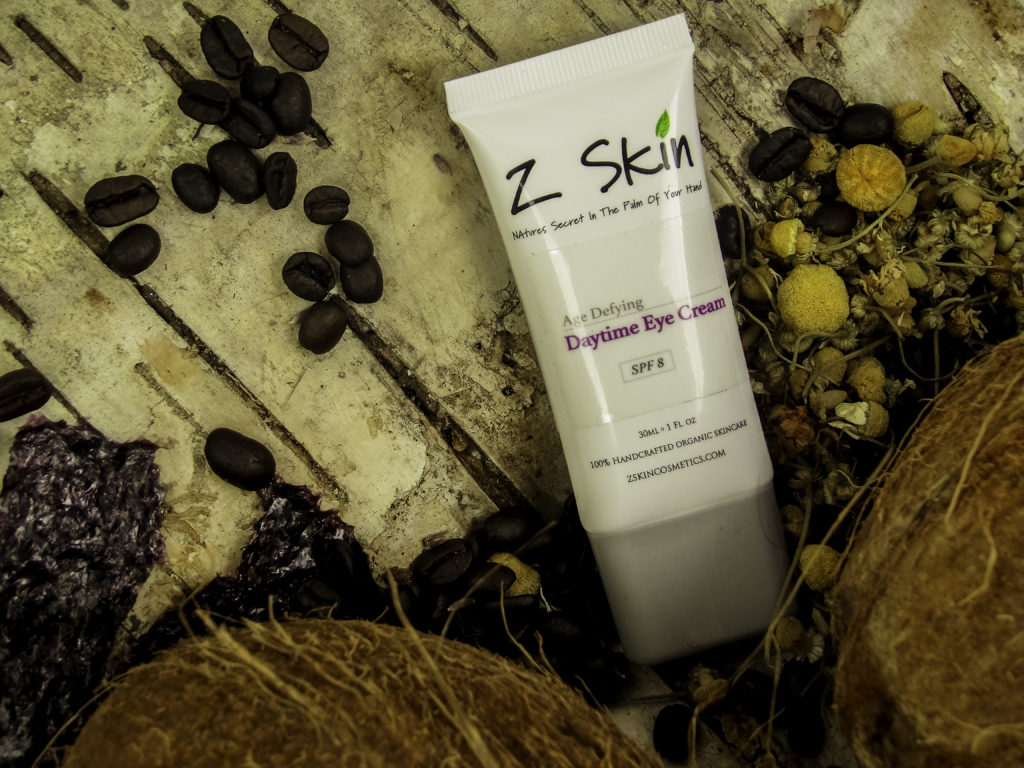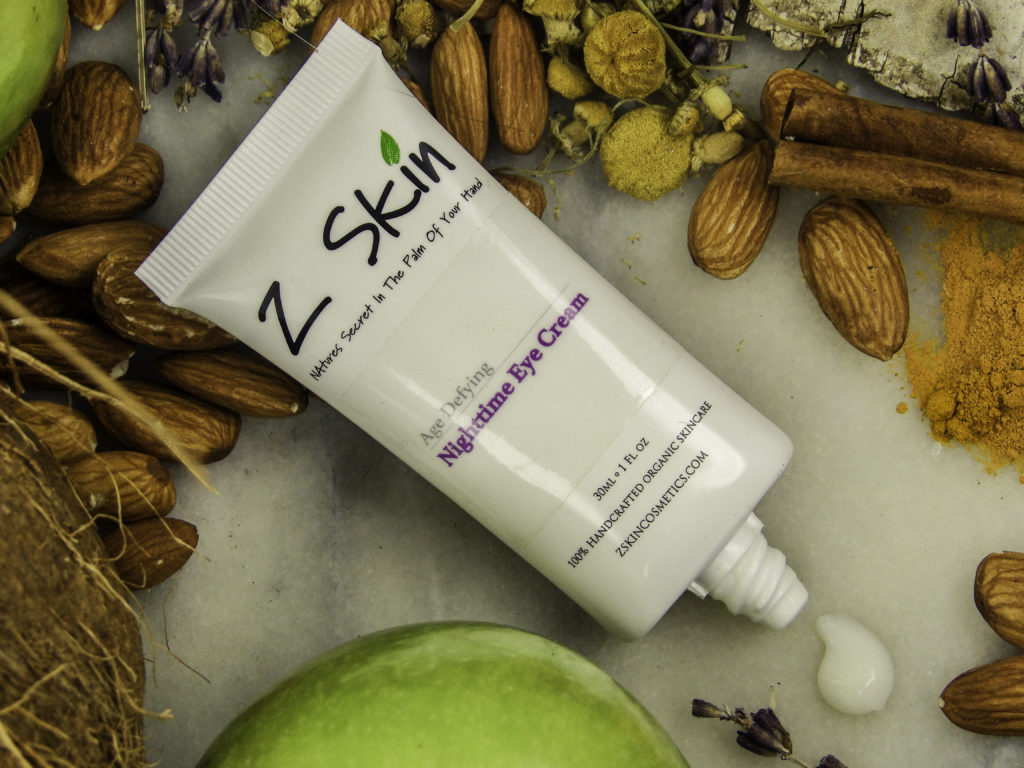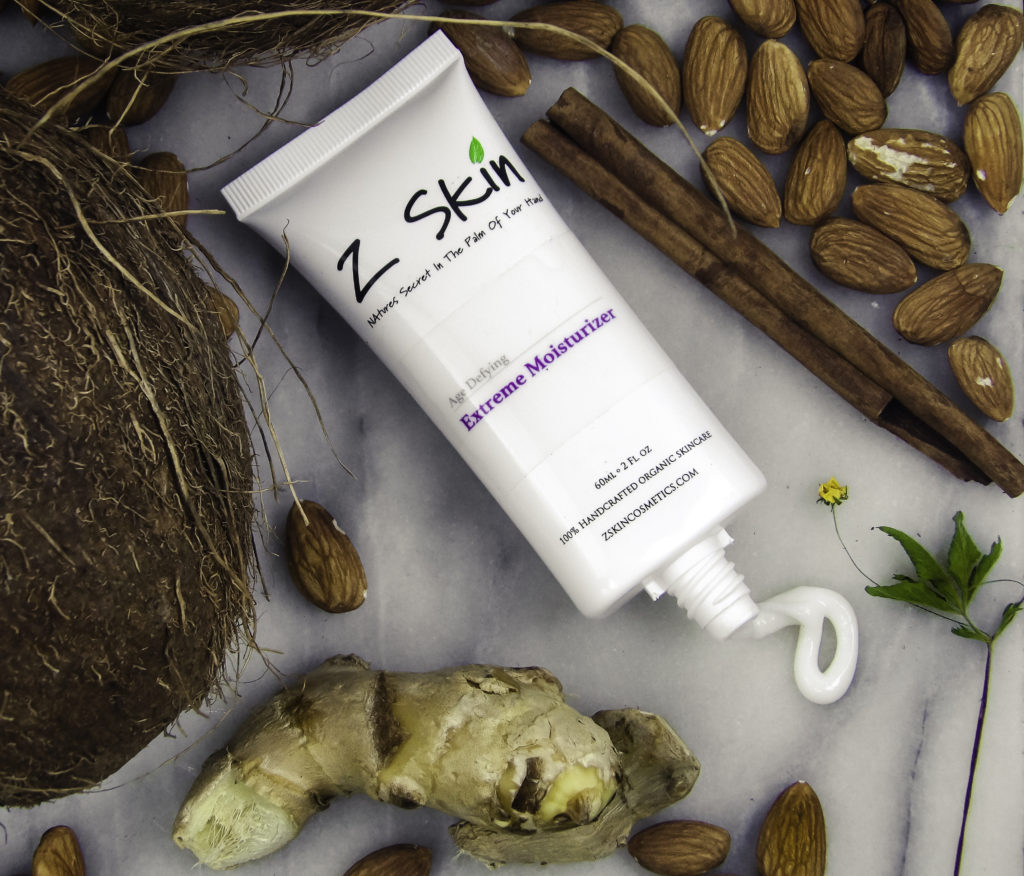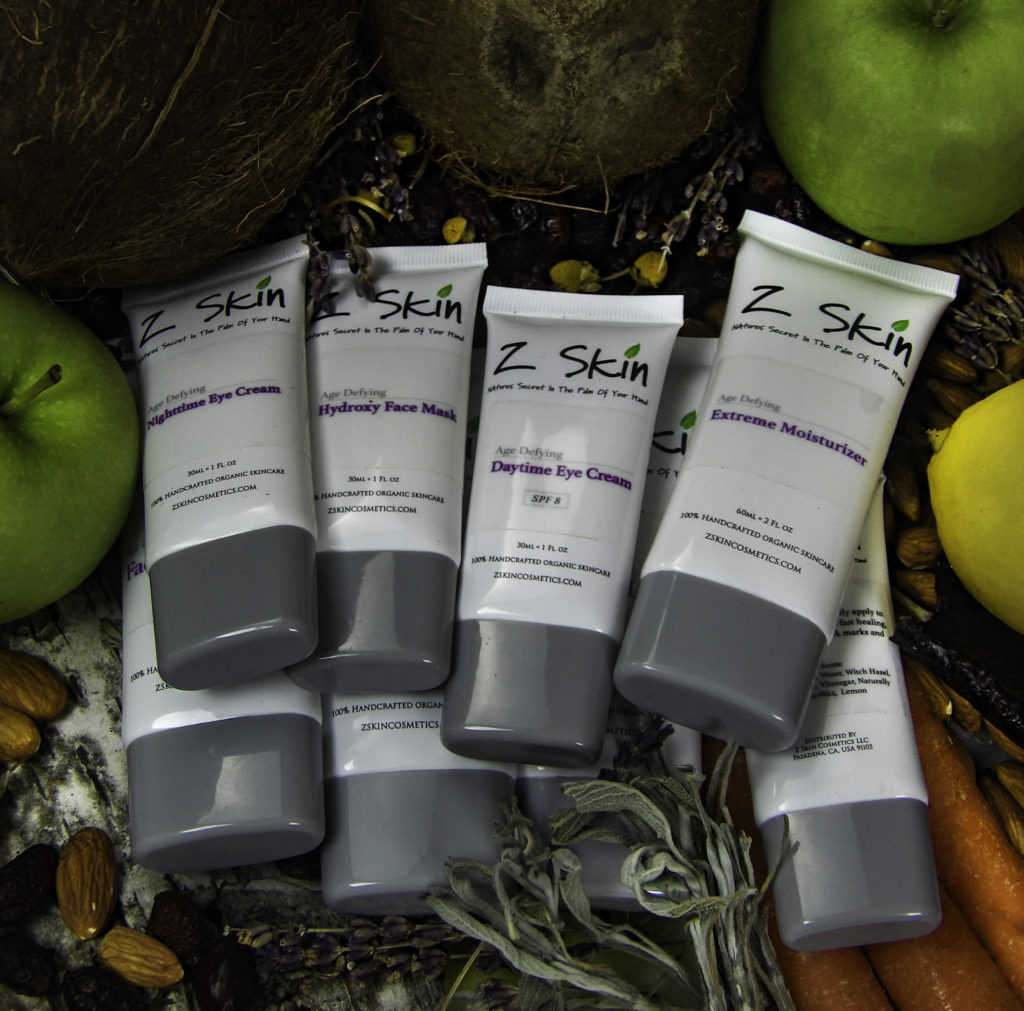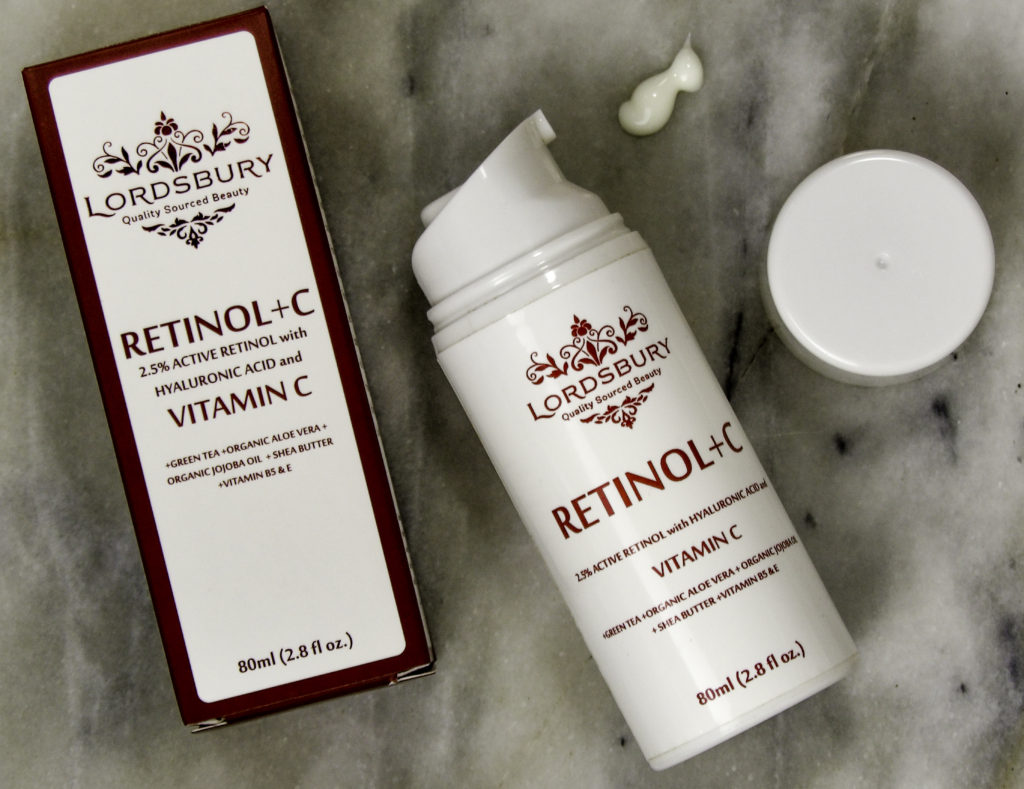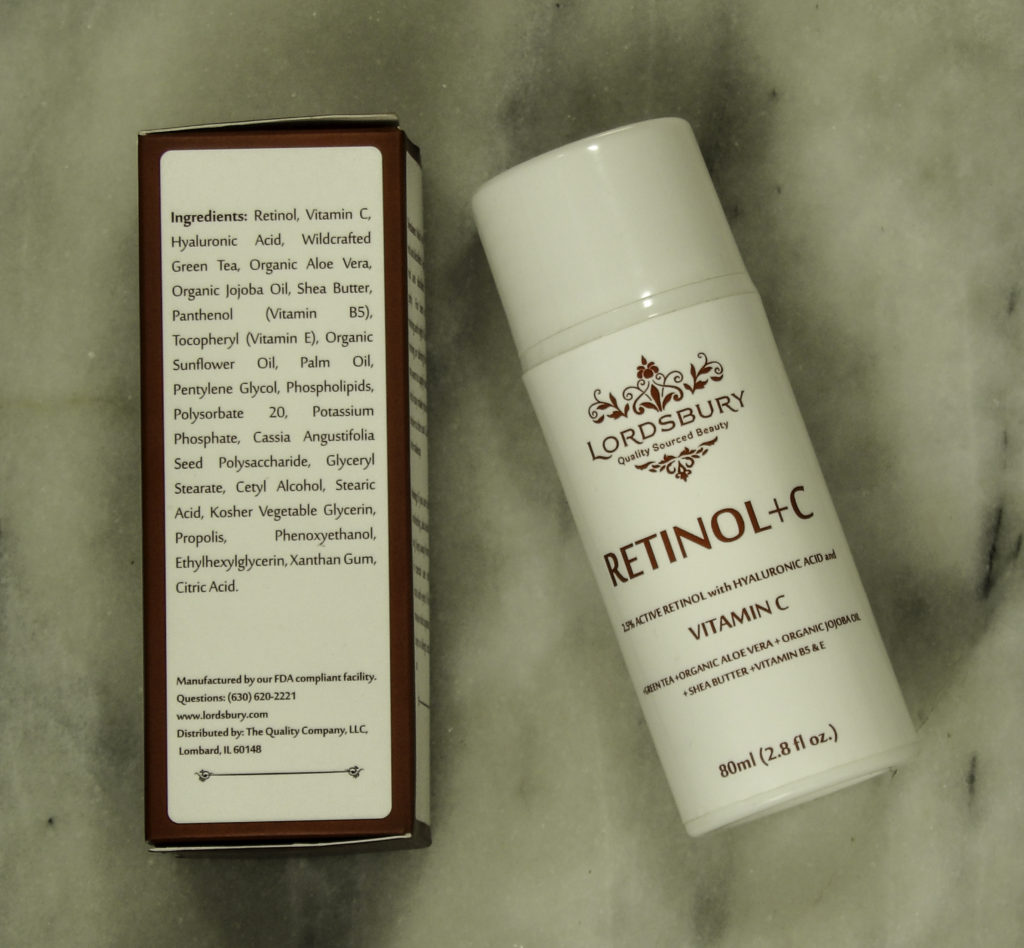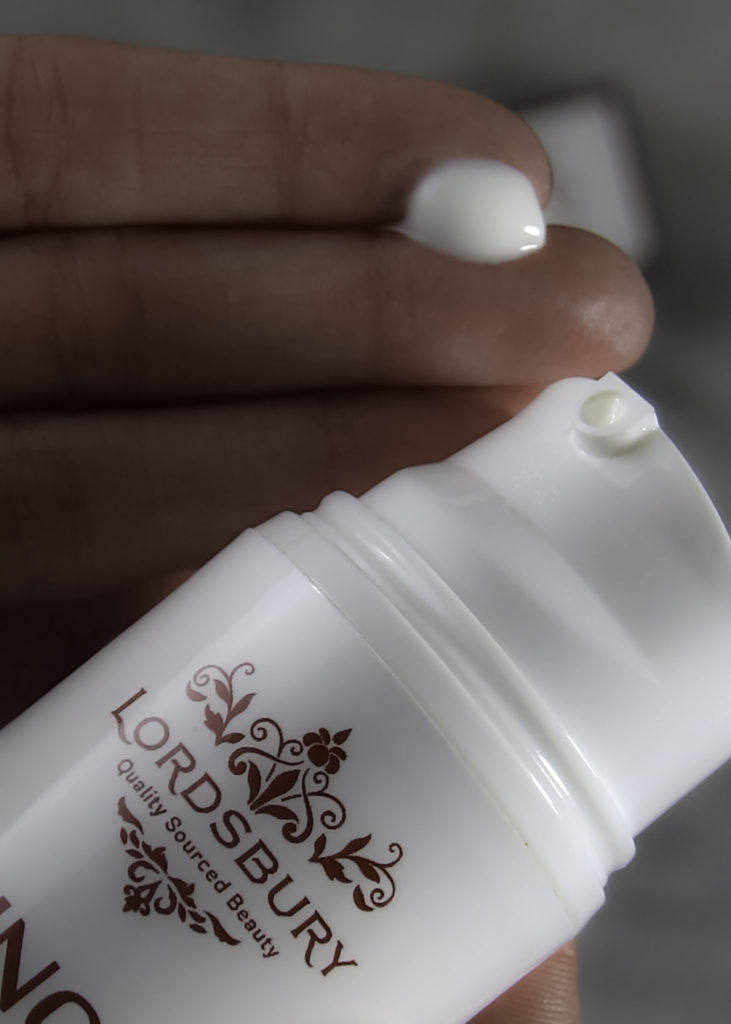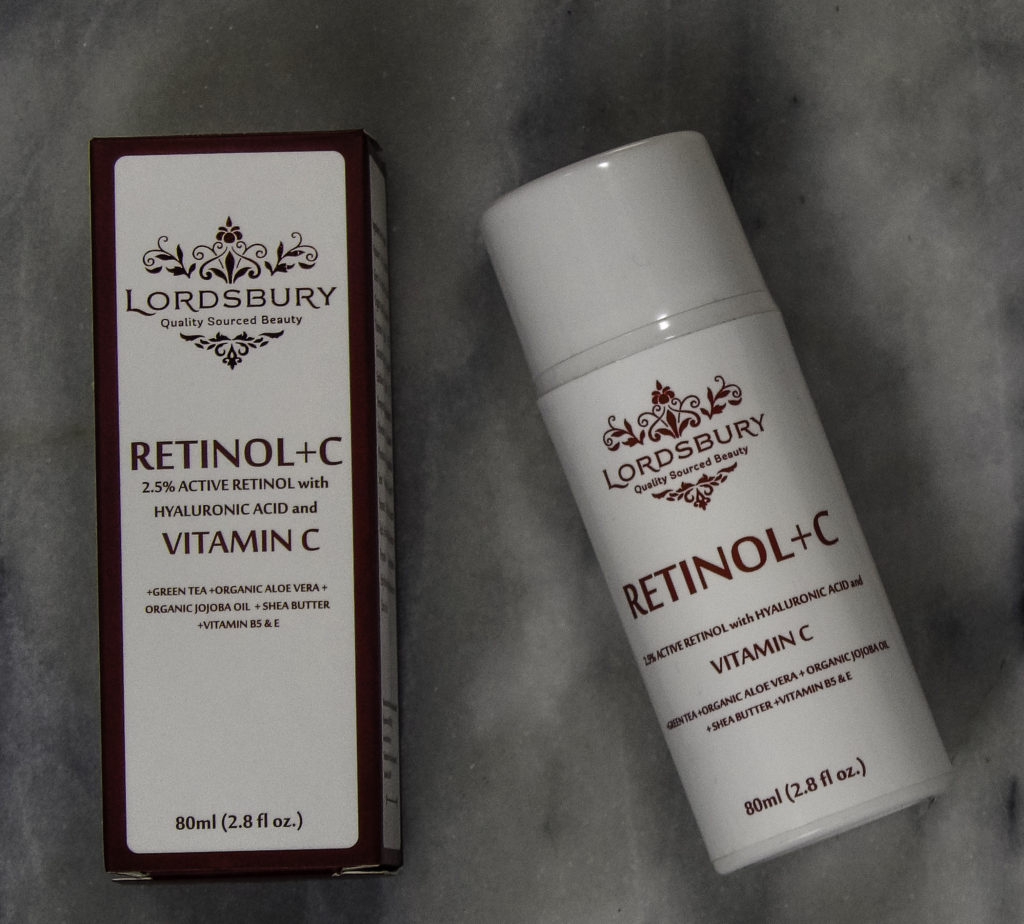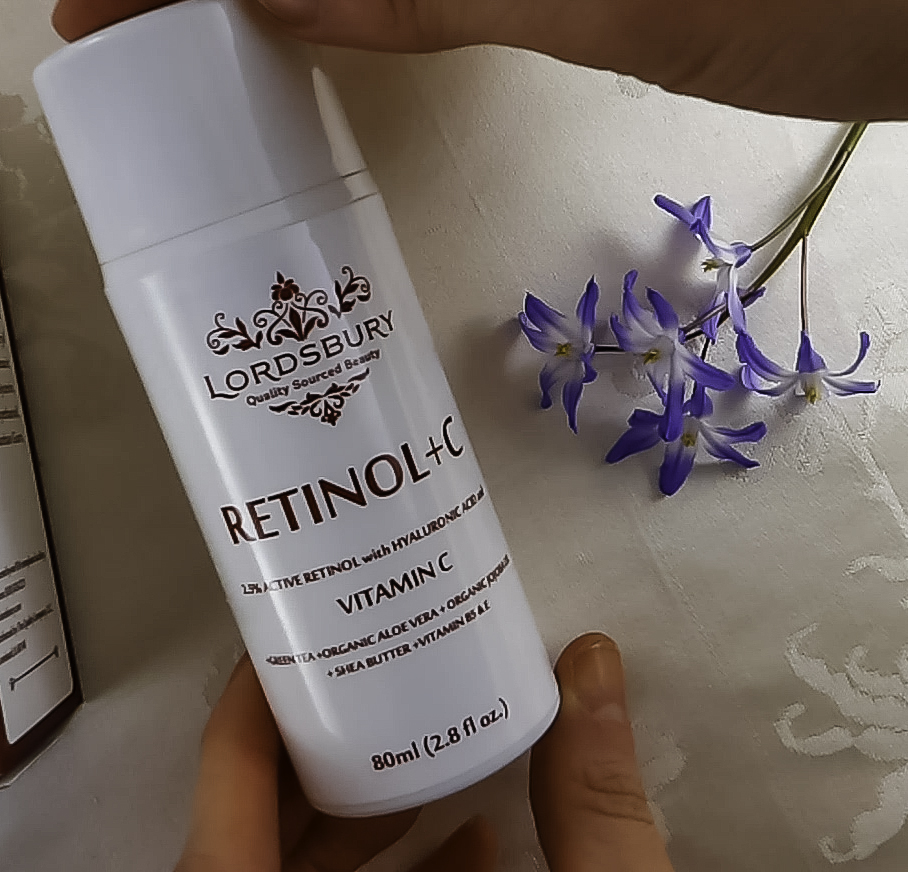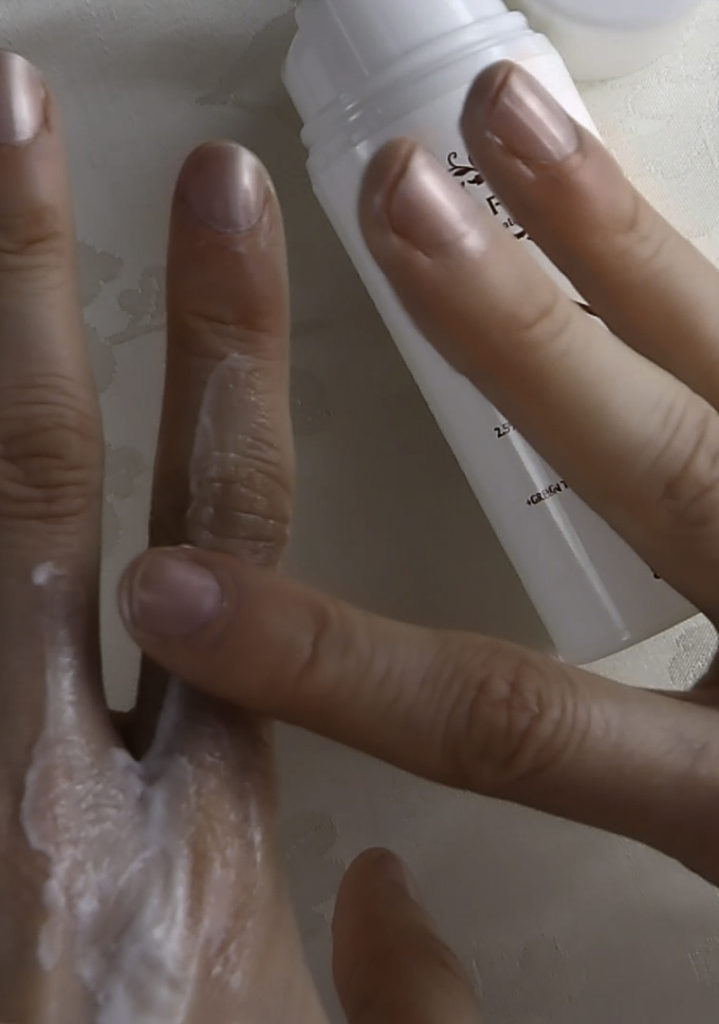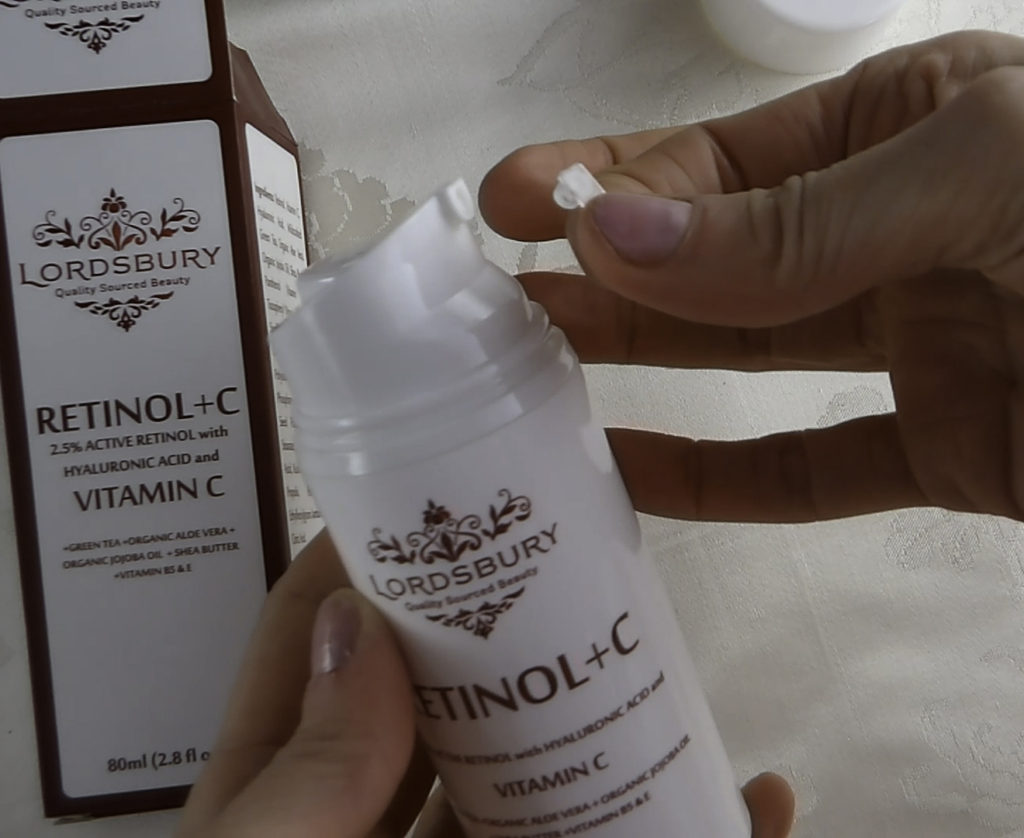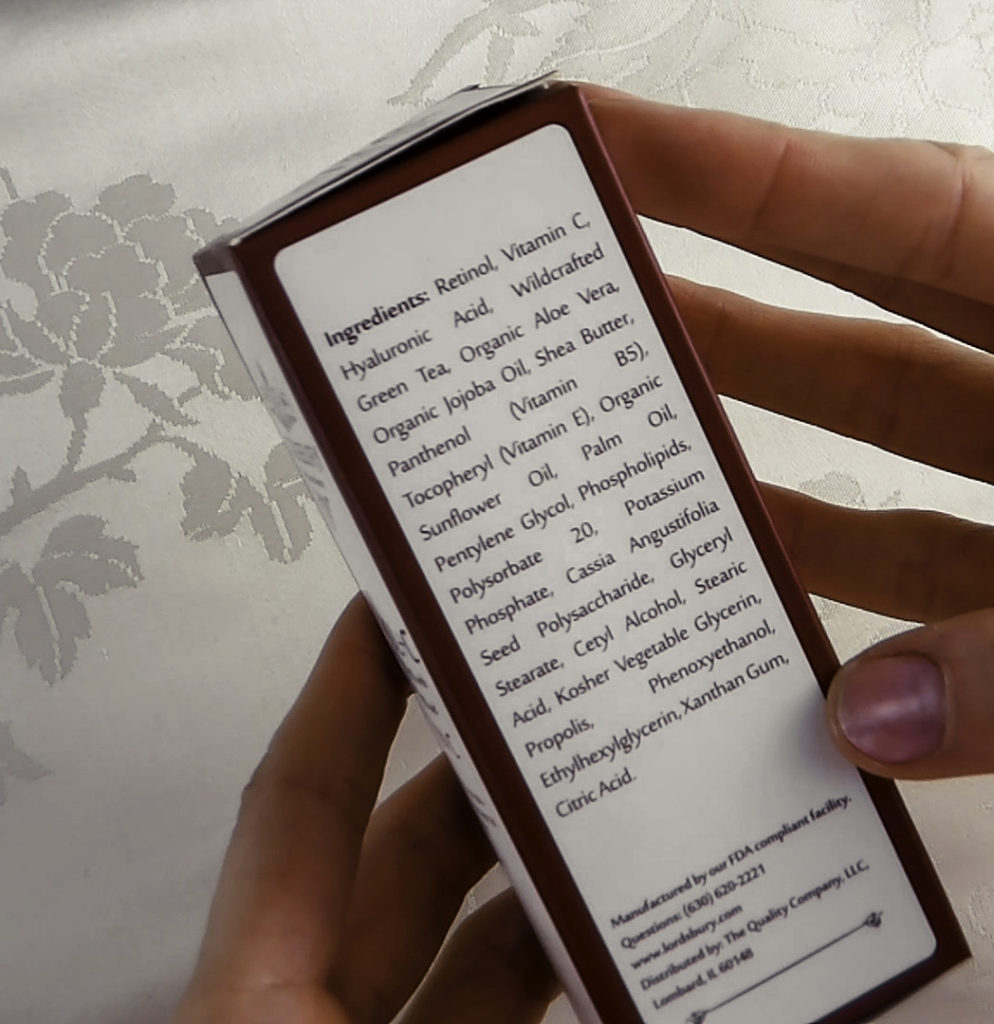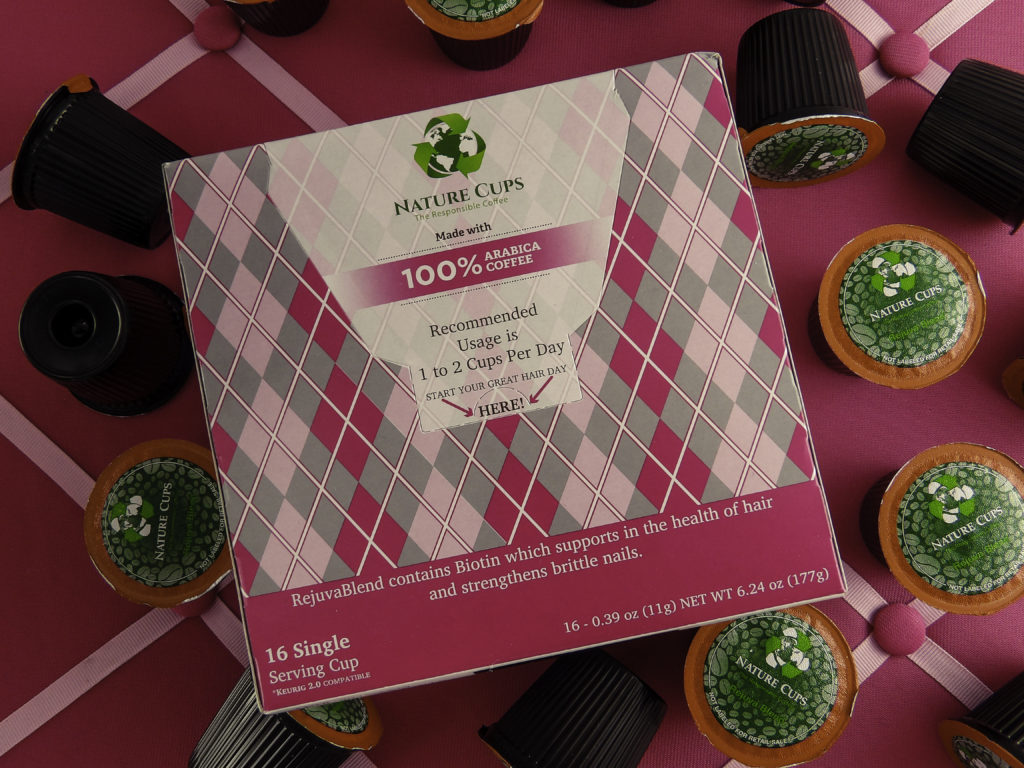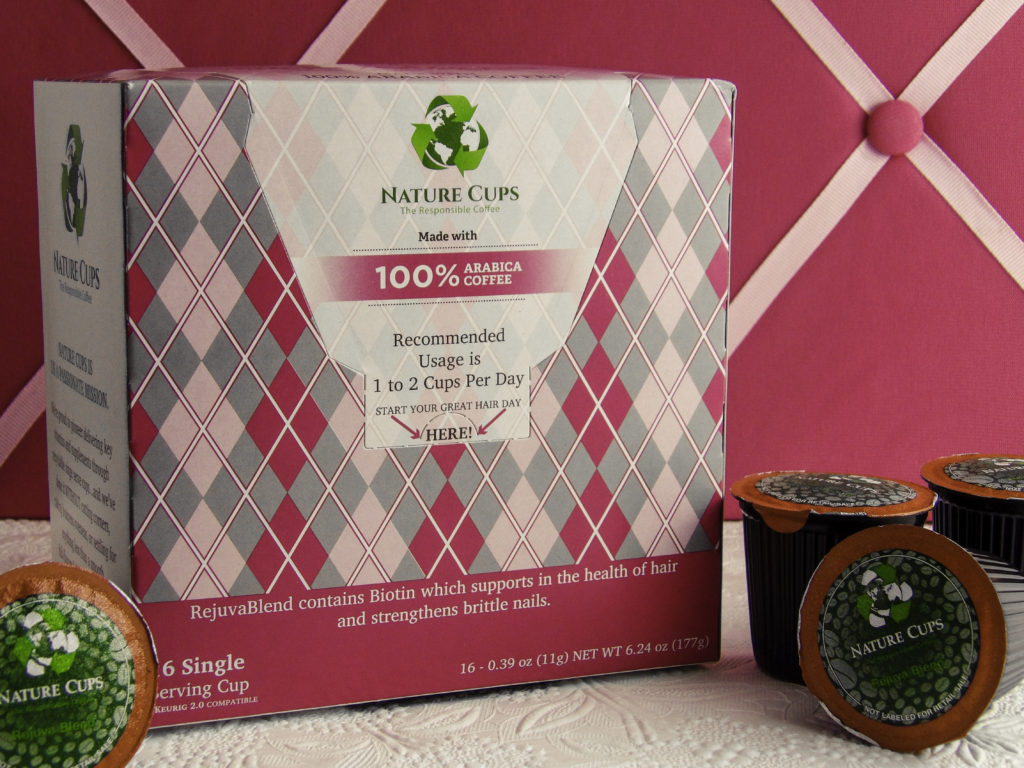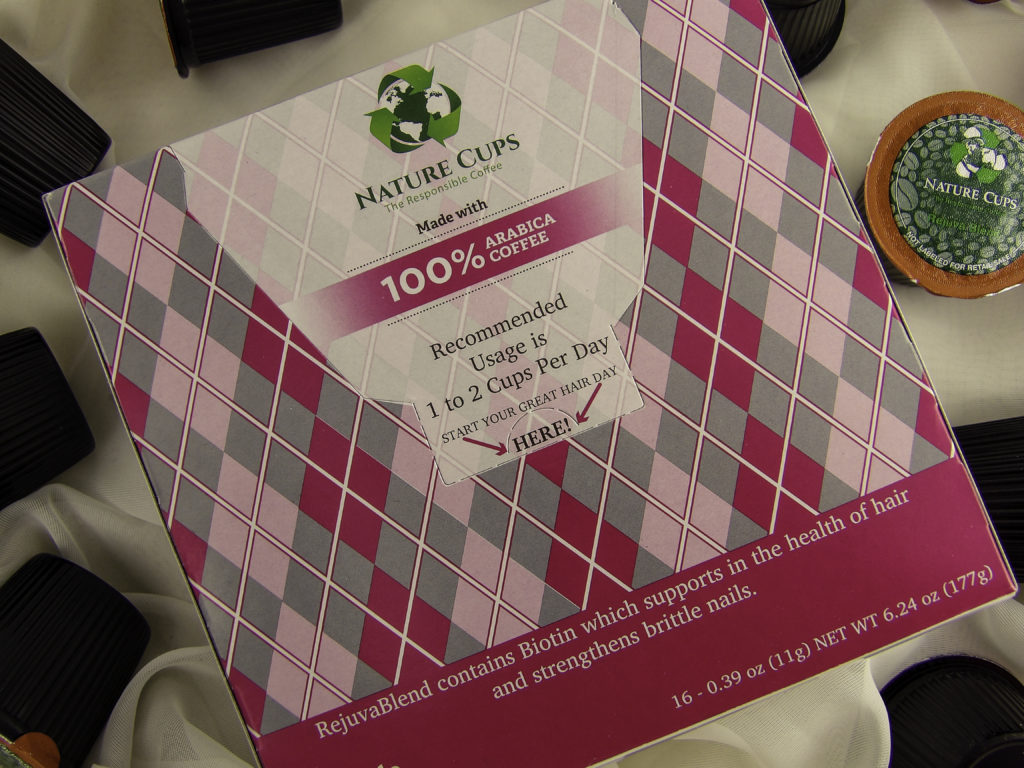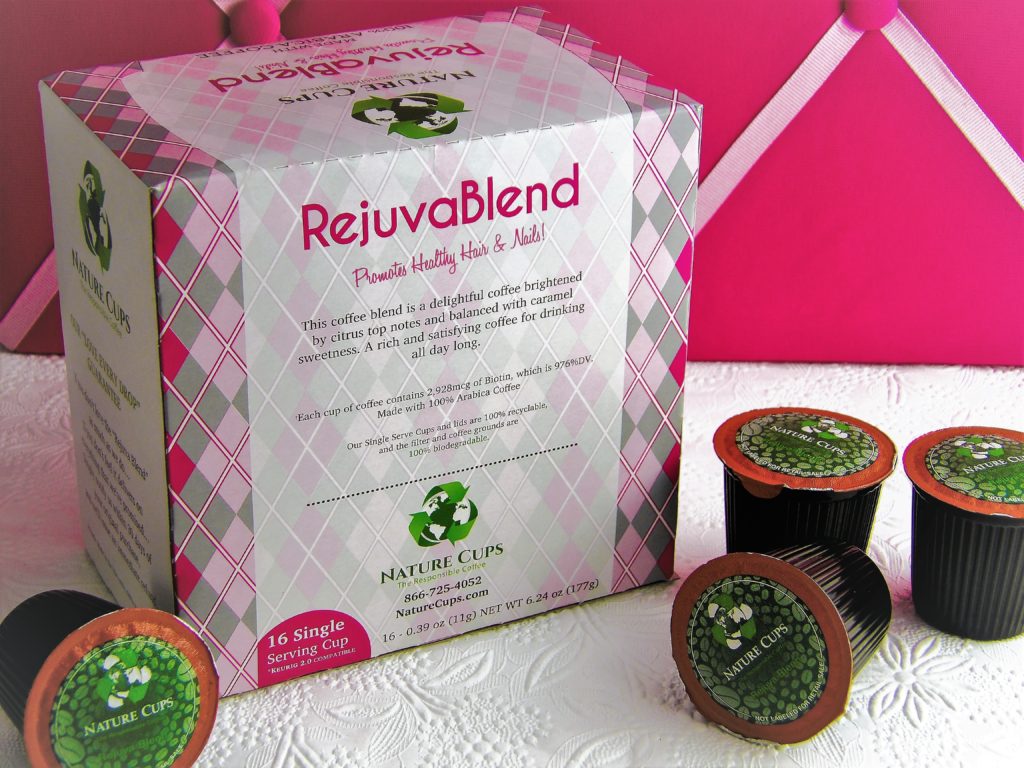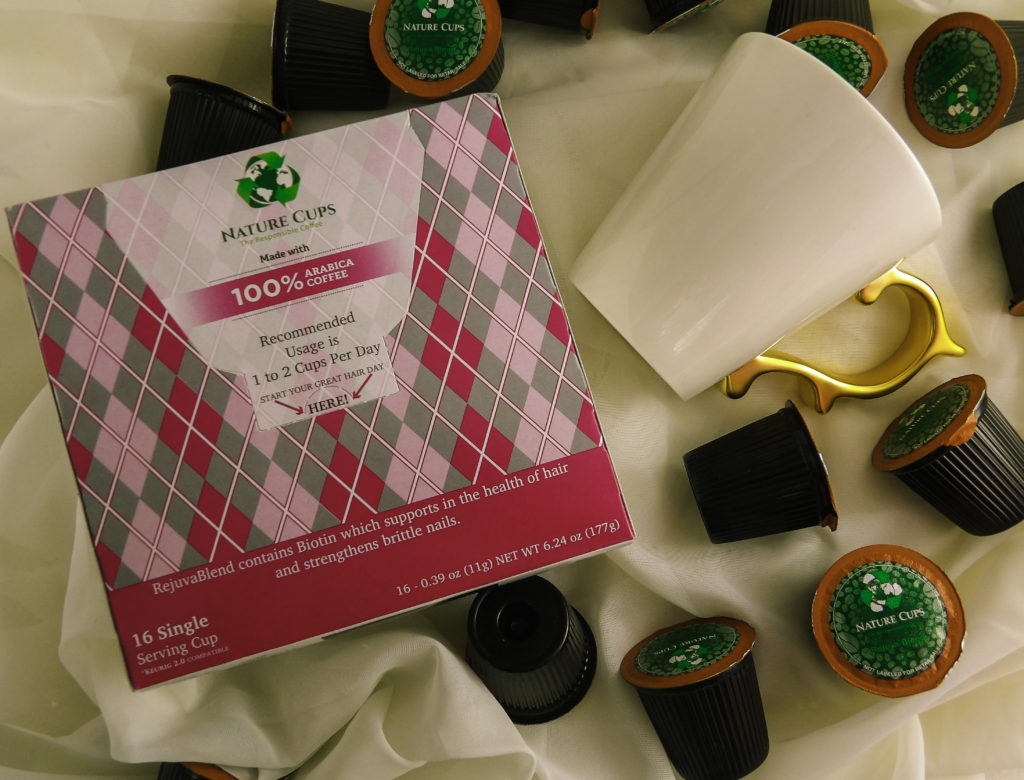Retinol has long been known as an FDA approved treatment for acne, with the side benefit of being an anti-aging superstar. But when undergoing a Retinol treatment program, what should you expect? What can and can’t it do? Is it effective for anything other than acne and wrinkles? Today we discuss four Retinol Facts that new and experienced Retinol users need to know to get the most out of their Retinol treatment program.
RETINOL TREATMENT IS NOW AVAILABLE TO EVERYONE
Here at StyleChicks, we’ve long touted the value of a good retinol, the benefits just can’t be beaten. Retinol used to just be a prescription topical medication and a pricey one at that. So we were thrilled earlier this year to find Lordsbury Retinol+C Moisturizer because it combines a prescription strength percentage of Retinol (2.5%) with the power of a 20% Vitamin C Serum and Hyaluronic Acid, plus it has a host of skin soothing moisturizers built right in. Effective and easy to use, it is a one-stop shop for meeting your skincare needs. It also comes in a massive 2.8-ounce container, so it is a tremendously cost-effective treatment that leaves no excuse to not give Retinol a try.
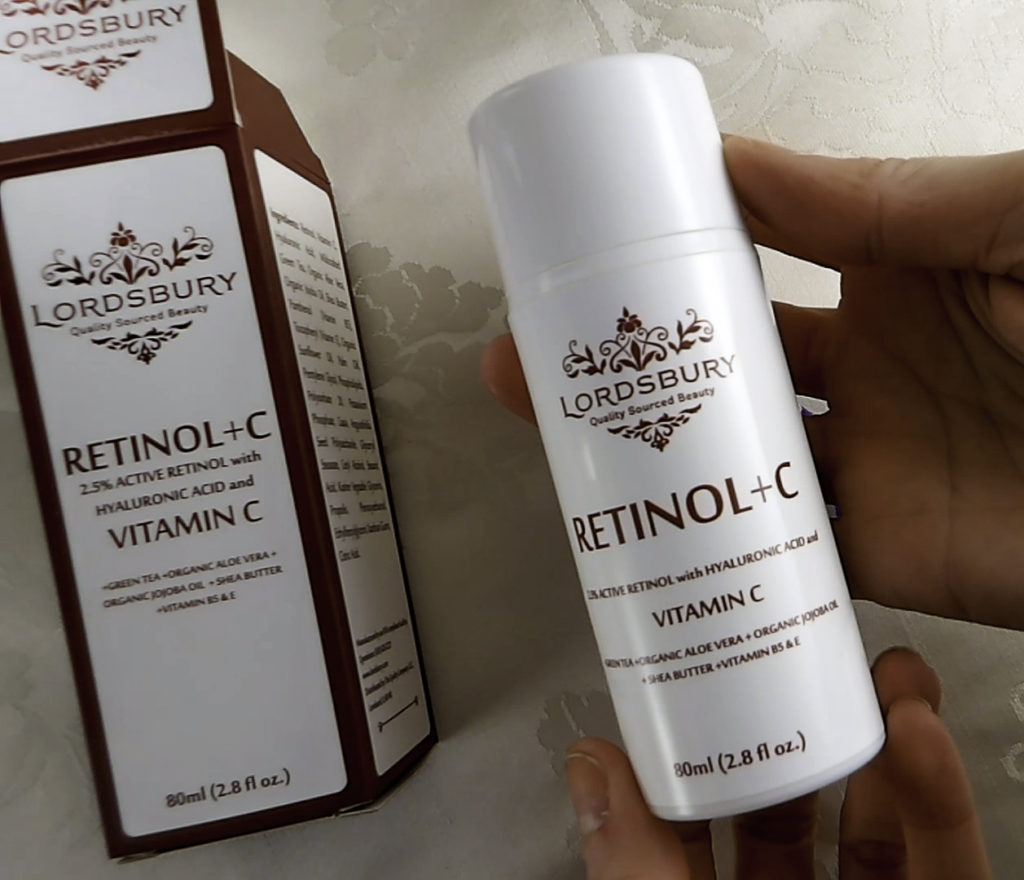
Lordsbury Retinol+C Retinol Moisturizer has a beauty powerhouse of ingredients and makes a Retinol skincare program tolerable for even sensitive skins
A past negative experience or story may have turned you off to all Retinols. But not all retinol products are created equal. Let’s examine a few Retinol facts:
1) DOES RETINOL CAUSE ACNE?
In short, no. Retinol does not produce acne. But there is a reason that it might seem as if it does: skin purging. And once you start a Retinol, any retinol product, whether prescription or over the counter, in about two weeks, the purging can start to happen all of a sudden.
Why does retinol cause purging? Retinol draws clogged pores, sebum plugs, oil, whiteheads, and blackheads to the surface of the skin and eradicates them. For example, I had a few whiteheads on my lower cheek that I could feel and see but they were not forming a head. My dermatologist declined to remove them, saying it was far better to keep using my current retinol program and Vitamin C skin care program (which is applying Lordsbury Retinol+C Moisturizer twice a day, all over my face, neck, throat, and eye area) and she said the retinol would draw out the impurities without risking a scar.
Purging acne is short-lived, about two weeks, and once the purging is over, skin remains clearer because Retinol reduces excess oil production while concurrently eradicating dead skin layers, so fewer bacteria and oil are trapped under dead skin cells, which means less acne. The acne you do get when using a Retinol is less angry looking and generally controllable and short lived.
But those two weeks of purging sure feel like a long time! Don’t start your Retinol program a few weeks before a big event that you will want clear skin. Give yourself at least a month of Retinol use before any big event.
2) DOES RETINOL CAUSE SUN SENSITIVITY?
Probably every Retinol article you read holds that Retinol causes sun sensitivity and to avoid direct sunlight. Is this true? Sort of.
This belief is based upon an experience from the initial prescription Retinol FDA studies. A few clinical trial study subjects reported excess irritation of the skin when exposed to direct sunlight. But many other subjects in the study reported skin irritation because, in a nutshell, unbuffered Retinol is irritating to the skin. Many people report being so irritated from prescription retinol, sunlight or not, that they need to use it only every other day or every third day. When I formerly used prescription retinol I experienced the same problem and frequently had to take breaks from treatment.
So what does this mean while using a product like Lordsbury Retinol+C moisturizer? Lordsbury Retinol+C moisturizer is emollient and buffered, so it doesn’t have irritation associated with traditional retinol, and so sun sensitivity is less likely. Even around the delicate eye area, I haven’t experienced irritation, even with twice a daily use.
But this is StyleChicks, we are never gonna tell you not to wear sunscreen even if you aren’t experiencing irritation from retinol. Why not?
Because the Lordsbury Retinol and Vitamin C combo are still revealing new, younger skin, skin that has not been ravaged by photodamaging sunlight like the older skin was. Life does not hand out free do-overs, especially for skin. If you let your old skin get sun damaged in your youth, and you are now using any Retinol, protect your newly revealed, younger, softer skin with a sunscreen whenever possible to retain its’ new youthful glow and feel.
Direct sunlight can also break down the full efficacy of products, so sunscreen over topical treatments is a good idea in general.
3) TREATING BODY ACNE
Acne can happen on the chest, upper arms, and the back (known as bacne). Body acne can be just as troubling as facial acne and it is often more difficult to conceal. Many body acne treatments contain benzoyl peroxide which can bleach clothing and are irritating to the skin. Lordsbury Retinol+C moisturizer is a good combo for body acne because the Retinol treats, Vitamin C fades acne scars and shrinks existing acne, the Jojoba softens and the Green Tea soothes, the Aloe Vera nourishes, eases irritation and is a natural anti-bacterial to help fight acne.
How to treat: apply a thin layer of cream to affected areas of the back or chest after cleansing. I like that I can wear Lordsbury Retinol+C moisturizer during the day under clothing and not worry about bleaching my clothes and it does not have the weird smell that some acne treatments have, so it is undetectable.
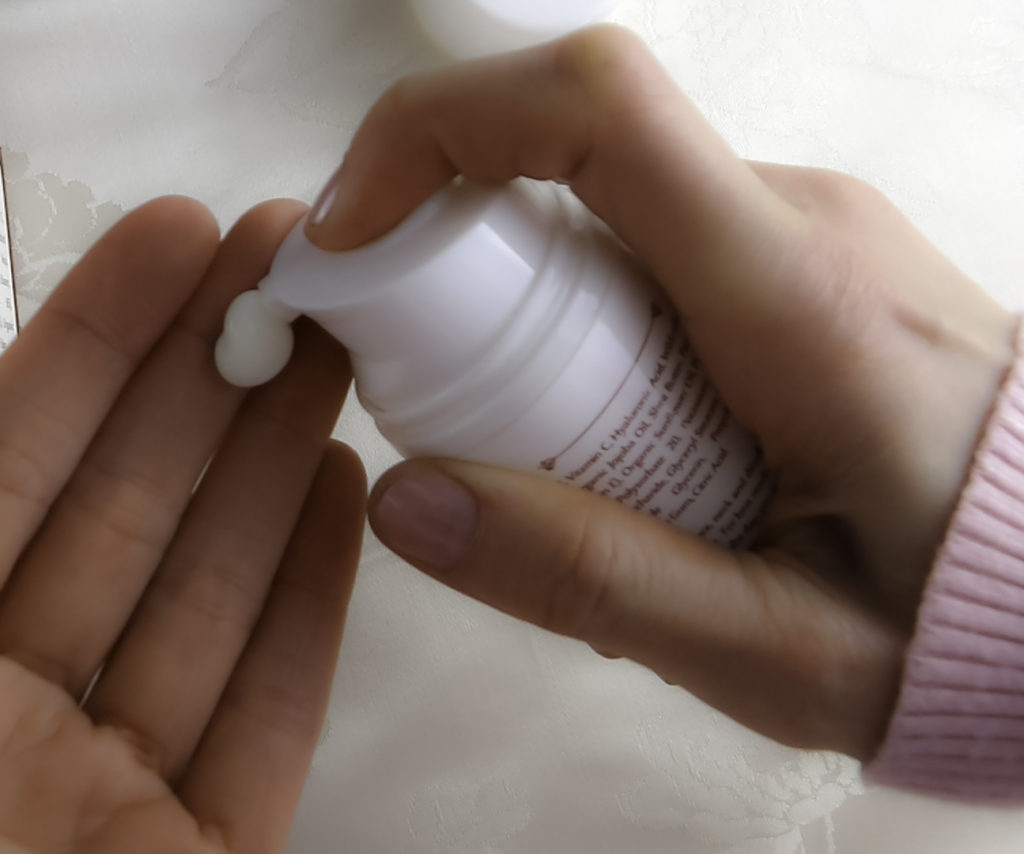
One pump is all you need for face, neck and decolletage or for treating acne on the back, chest or other acne prone areas.
4) KERATOSIS PILARIS ON UPPER ARMS
Keratosis Pilaris is chicken bump skin. If you don’t know what we are talking about, I’m happy for you. If you’re familiar with chicken bump skin, then you know how tough it is to treat.
Keratosis Pilaris is small, dry white bumps that occur in patches. They are an excess build-up of keratin in numerous adjacent hair follicles within an area. They are most common on the back of the upper arms, the back and even on buttocks. And they don’t exfoliate away, they don’t respond to acne medicine or creams, they seemingly respond to nothing, and they can get itchy.
Well, good news. Chicken bump skin responds to, you guessed it: Retinol. It takes a good four to six weeks, but it clears it up pretty well. This is one of the reasons I love that the Lordsbury Retinol+C moisturizer is such a large and generous 2.8-ounce size because it makes a cost-effective treatment for the Keratosis Pilaris on my upper arms. My case is pretty mild, but I’m self-conscious about the area during the summer, and I’m happy to report the Lordsbury Retinol+C moisturizer took care of the problem without any irritation to the area. So this summer, I am chicken bump free!
So those are four Retinol facts that can help new and experienced Retinol users get the most out of their Retinol use. StyleChicks will be talking more about Retinol in upcoming weeks, so if you’re thinking of giving retinol a try, stay tuned for more Retinol intel!
Looking to try a Retinol with all the benefits and none of the irritation? Try Lordsbury Retinol+C moisturizer, a twice a day 2.5% retinol with 20% Vitamin C and loads of natural moisturizers to keep skin soft and dewy. Find Lordsbury Retinol+C moisturizer at: https://www.amazon.com/gp/product/B01M3PSEQX/. For Prime Day, it is at the amazing price of $21.99.
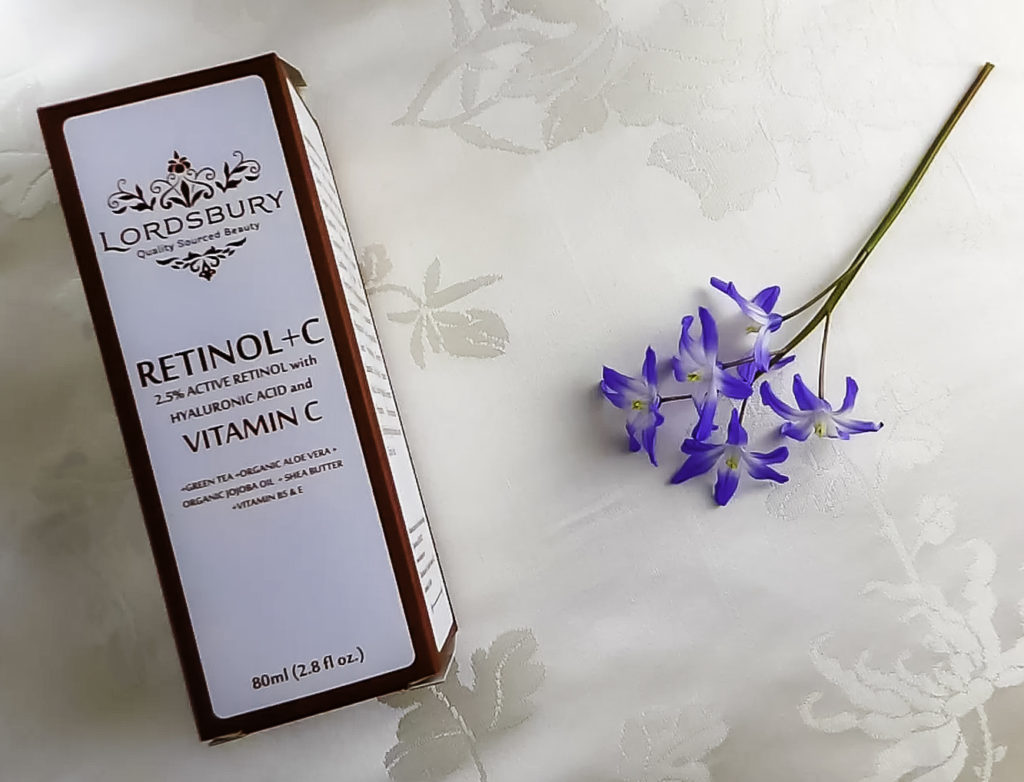
Lordsbury Retinol+C Moisturizer
Style Chicks received compensation for our time and effort as Brand Ambassadors of Lordsbury. However, our experience with the product and the opinions expressed in this review are 100% ours.
